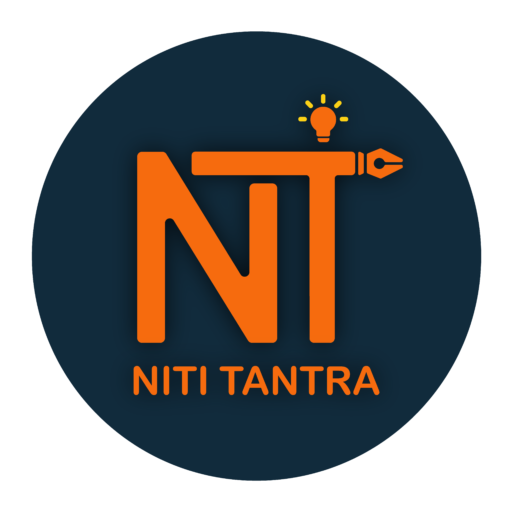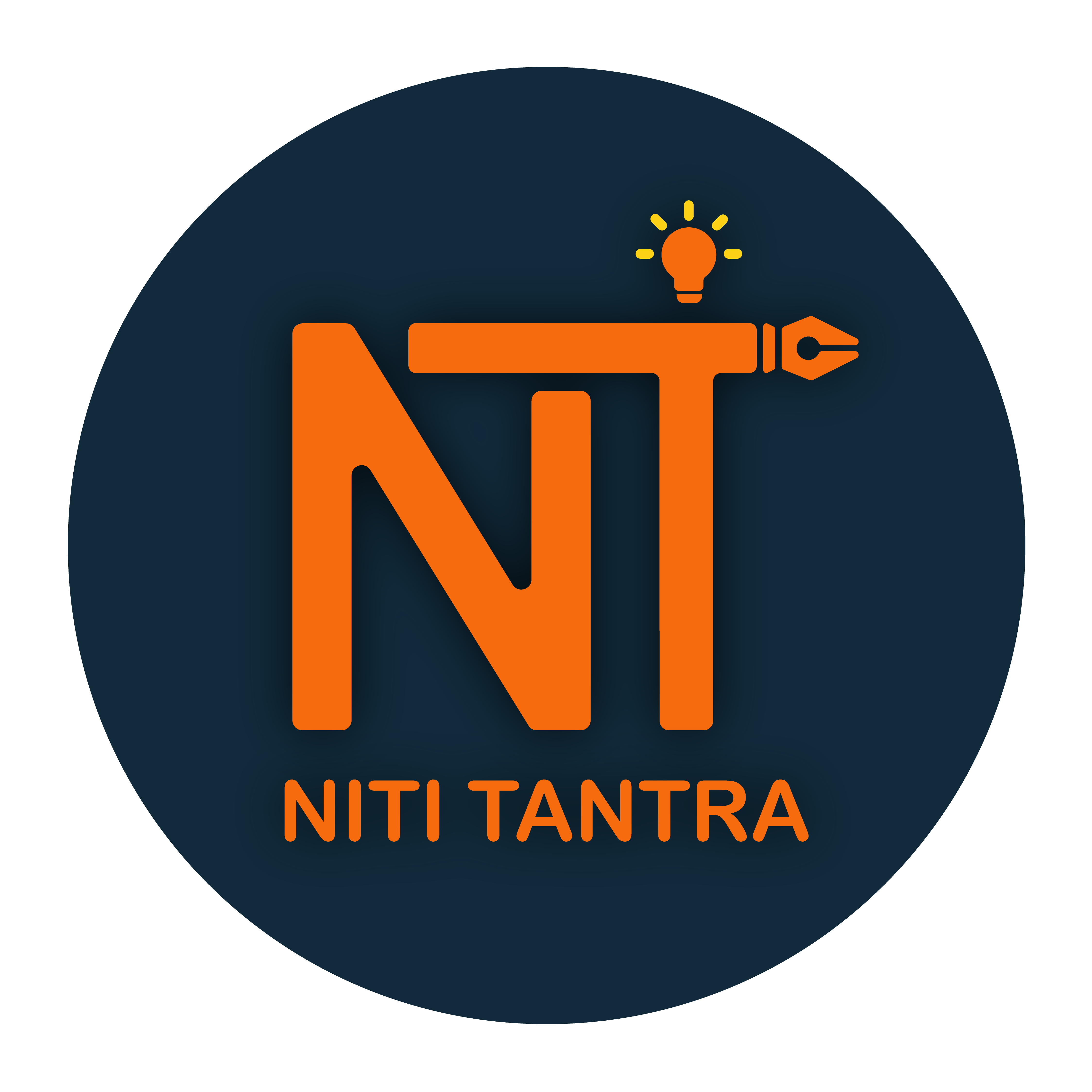Abstract
Development Cooperation is traditionally seen as a tool to support the pursuits and advancement of the interests of donor nations in international relations. As opposed to the instruments of “hard” military or economic power, realists see aid as a more tacit means of defining goals and inspiring gratitude towards the donor nation. In state-to-state relations, economic considerations take precedence over political factors within the framework of economic diplomacy. To encourage international employment and mobilise diaspora resources, economic diplomacy aims to mobilise resources for development, promote trade (primarily as an export basis), draw foreign direct investment (FDI) into national priority industries, and also promote tourism. The paper explores the role of development cooperation in the context of foreign policy aims. The paper also tries to formulate policy recommendations to refine development cooperation as a diplomatic tool in the Indo-Pacific.
Keywords: Development Cooperation, Diplomatic tool, Indo-Pacific, Aid
Introduction
In its normative form, development cooperation, also known as development partnership, involves the creation of a cooperative framework for the “promotion of social and economic development of developing countries. Development Cooperation is a comparatively newer phenomenon in the arena of international relations and has risen only after the Second World War. Development diplomacy has become the top concern in international relations in recent years. The growing recognition by countries of the interdependence of economic prosperity, stability, and security has made development diplomacy an indispensable instrument for strengthening bilateral and multilateral relations as well as tackling urgent global concerns like inequality, climate change, and poverty alleviation. The majority of the time, it is carried out through bilateral, regional, and global multilateral initiatives, with assistance from the UN and its specialised organisations. Basic components of development diplomacy include demonstrated ability, adept negotiation, well-crafted public communications, familiarity with social and cultural facets, and a wealth of public affairs management expertise.
While terminology varies from country to country from ‘humanitarian assistance’, to ‘development assistance’, to ‘development aid’; long-term or short-term strategic interests are always on the table. Either through generating goodwill, gaining support at the United Nations or other multilateral forums, laying the groundwork for further economic cooperation or providing an impetus for domestic industries etc development is a key tool within foreign policy.
While “Aid diplomacy” exemplifies economic power (hard power), it is a soft power-enhancing public diplomacy tool. The global community is closely observing which nations demonstrate a willingness to respond in times of crisis and which choose to remain inactive. Some gain soft power not for their donation but for putting aside conflicts with others to aid the country in need. In 2005 a powerful earthquake struck both India and Pakistan, prompting cooperative relief efforts. Pakistan accepted 25 tons of food, medicine, tents, blankets, and plastic sheets from India, however, rejected India’s offer of helicopters to assist with relief efforts.
Click Here To Download The Paper


📌Analysis of Bills and Acts
📌 Summary of Reports from Government Agencies
📌 Analysis of Election Manifestos

